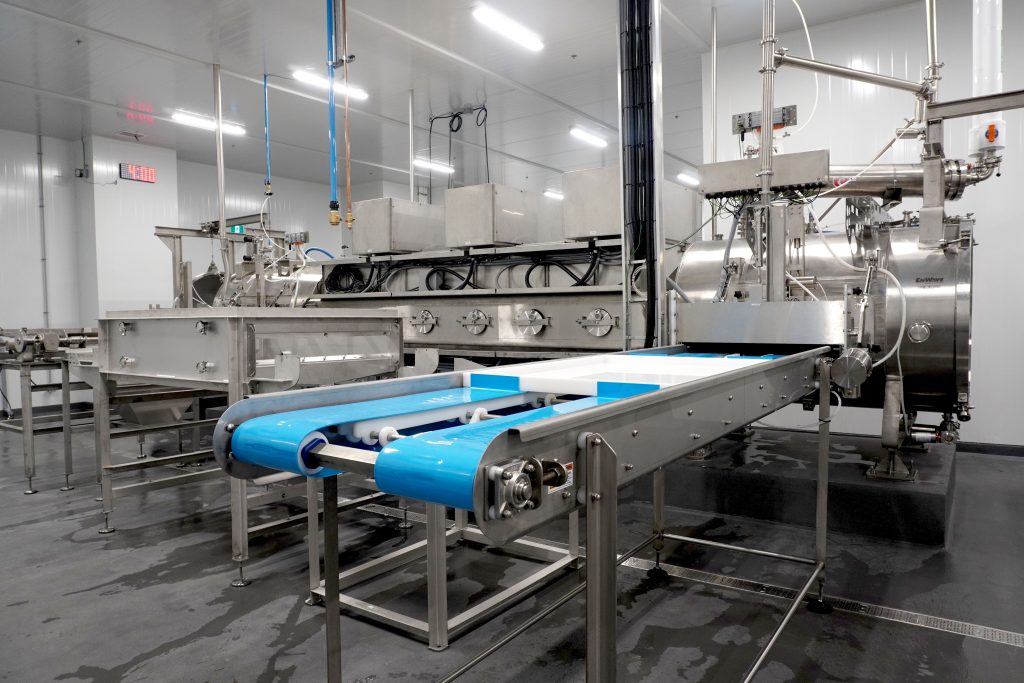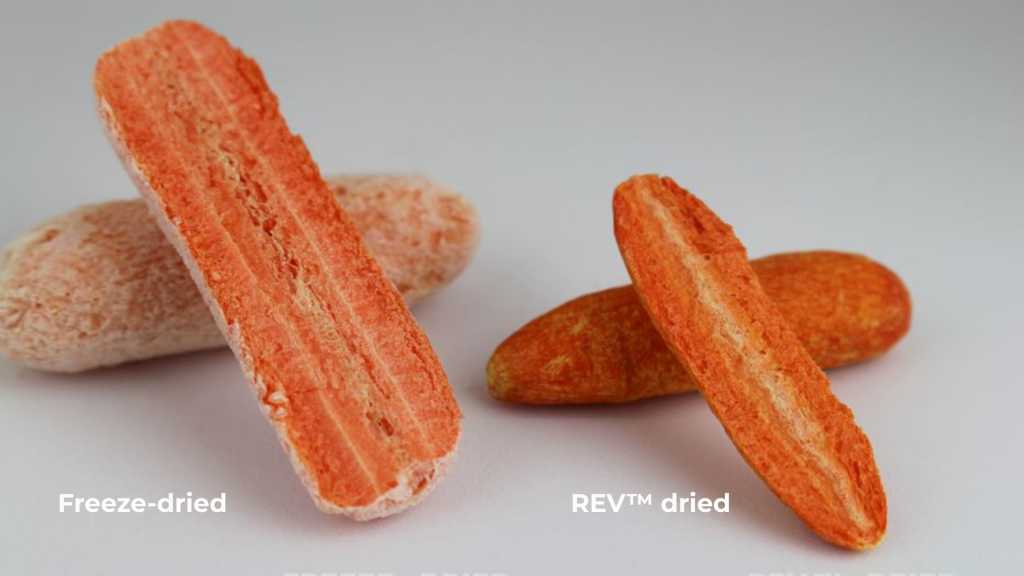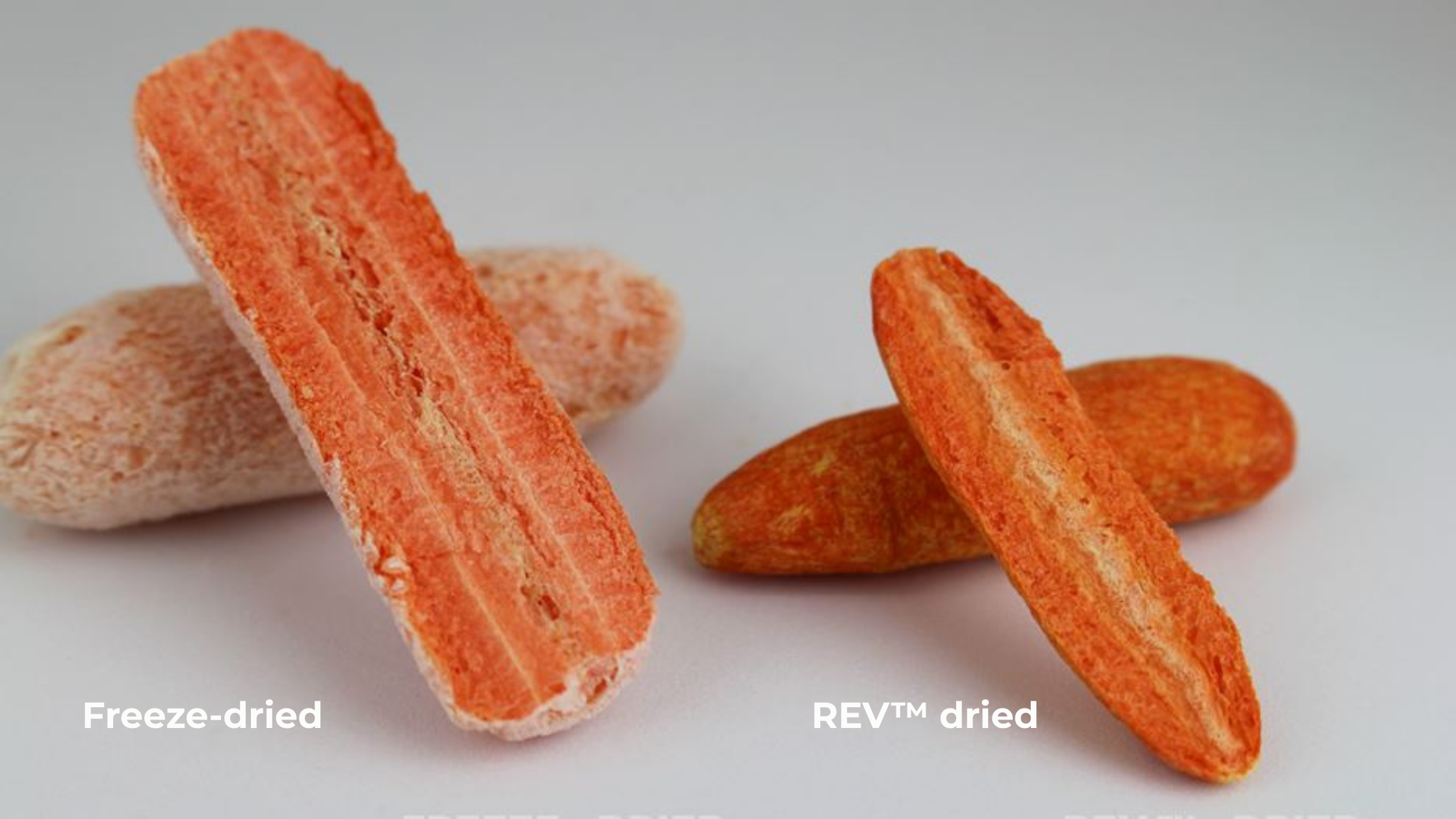Is dehydrated food still nutritious?
Dehydrated foods have become a staple in modern diets, from convenient snacks on the go to long-lasting emergency supplies. Yet, many consumers and professionals wonder about a common concern: does drying food compromise its nutritional value? This question is especially relevant as food innovators explore drying technologies to deliver tasty, nutrient-rich products with extended shelf life.
The answer lies in understanding the science behind food dehydration, the impact of different drying methods, and innovations that preserve nutrition without sacrificing quality. Microwave dehydration technology, like EnWave’s patented Radiant Energy Vacuum (REV™) system, is rapidly gaining recognition for its ability to maintain nutritional integrity while addressing traditional drying challenges such as time, cost, and scalability.

The science of dehydration and nutrient preservation
Drying food works by removing moisture, which inhibits microbial growth and enzymatic reactions that lead to spoilage. However, the process involves exposing food to heat and processing time, which can affect heat-sensitive nutrients like vitamins C and B complex.
There are multiple drying methods, but two dominate food preservation discussions: freeze drying and conventional dehydrating.
Freeze drying, or lyophilization, involves freezing food and reducing pressure to sublimate water directly from ice to vapor. This low-temperature, oxygen-free environment helps retain up to 97% of nutrients and preserves structure, color, and flavor effectively.
On the other hand, traditional dehydration using heat and airflow, while simpler and more cost-effective, often causes greater nutrient loss due to prolonged heat exposure.
Vacuum microwave dehydration adds a new dimension by combining microwave energy and vacuum pressure. It quickly removes moisture through volumetric heating without high temperatures that can degrade nutrients. This method typically results in faster drying times, energy savings, and superior nutrient and flavor retention.
Data and comparisons in nutrient retention
Internal studies conducted by EnWave reveal compelling evidence supporting microwave dehydration’s nutritional benefits. For example, nutrient analysis on fruits and vegetables showed that microwave vacuum-dried samples retained significantly higher levels of vitamin C and antioxidants than traditional dehydrated counterparts. In some tests, microwave drying even approached freeze-dried samples in nutrient preservation but with substantially reduced processing time.
A recent study published by the UBC Faculty of Land and Food Systems compared air drying, freeze drying, and REV™ vacuum microwave drying using broccoli, carrots, and oranges. The researchers examined how nutrition, sensory quality, and shelf life vary across these commercial drying technologies. The results are striking.
Broccoli and vitamin C retention
- REV™ drying preserved around 95.4% of the original vitamin C
- Air drying preserved just 33.6%
- Freeze drying, while better than air drying, still showed material degradation under longer processes
Carrots and β-carotene stability
- REV™ preserved about 57.5% of β-carotene
- Air drying left less than 17.1%
- Bright color remained mostly intact with REV™, a key advantage for fresh-looking snacks
Oranges and sensory quality
- REV™ processed samples performed highest in taste, aroma, appearance, and texture
- Air-dried samples were darker, less flavorful, and had tough or rubbery textures
- Freeze-dried oranges scored well in appearance, but not in flavor depth or mouthfeel
Across categories, REV™ enabled better preservation of sensitive nutrients, visual appeal, and palatability; three critical dimensions when building modern, consumer-facing snack products that deliver on both health and indulgence.

Key nutrients well preserved in dehydrated foods
Successful nutraceutical and food product development focuses on nutrients that directly impact health and consumer preference. Microwave dehydration excels at preserving:
- Vitamins: Particularly vitamin C, which is prone to heat loss but critical for immunity and antioxidant support.
- Antioxidants: Compounds that protect cells from oxidative stress and contribute to longevity.
- Proteins: Essential for muscle repair and metabolic functions in high-protein snack formulations.
- Enzymes: Important for digestive health and bioavailability of nutrients in functional foods.
Preservation of these key nutrients makes microwave dried foods ideal for clean-label, natural product development, meeting modern consumer expectations.
Broader quality benefits beyond nutrition
Nutrition is only part of the equation. Successful products must also deliver appealing flavor, vibrant color, and texture that align with fresh food experiences. Microwave dehydration contributes by:
- Maintaining natural colors better than freeze drying in many cases, avoiding dull or bleached appearances.
- Enhancing flavor retention due to rapid drying and limited thermal exposure.
- Providing shelf-stable products that resist spoilage for extended periods, reducing waste and improving supply chain efficiency.
These sensory and stability features support better consumer acceptance and brand loyalty.
Practical advice for brands and startups
For product developers, startups, and commercial producers, adopting drying parameters and ingredient handling that protect nutrition is crucial. Some recommendations include:
- Starting with high-quality, fresh raw materials.
- Optimizing cut sizes and surface area to speed drying and maintain quality.
- Utilizing microwave dehydration technology to reduce drying cycles without compromising nutrients.
- Carefully controlling drying environments, including vacuum pressure and temperature.
- Partnering with experienced technology providers like EnWave for pilot testing and scaling.
EnWave’s Advantage in Nutritional Quality and Innovation
EnWave Corporation’s microwave vacuum drying technology uniquely balances efficiency and quality preservation. The REV™ system accelerates drying, cutting conventional freeze drying times from days to less than an hour in some cases, while maintaining nutrient integrity critical to food tech innovation.
By supporting startups and established brands alike with scalable, energy-efficient drying equipment and toll drying services, EnWave facilitates quicker time to market with premium products that stand out on store shelves.
If preserving nutrition in dehydrated foods matters for your next product, connect with EnWave’s experts. Explore how REV™ can advance your product development goals with cutting-edge drying technology designed for today’s food innovation landscape.
Further Reading
- EnWave – What’s the best way to preserve nutrition in snacks? enwave.net
- Freeze Drying vs Microwave Drying – EnWave Corporation enwave.net
- Impact of Three Different Dehydration Methods on Nutritional Quality (PMC) pmc.ncbi.nlm.nih.gov


